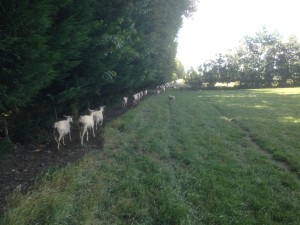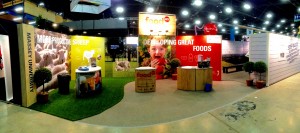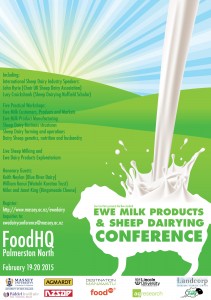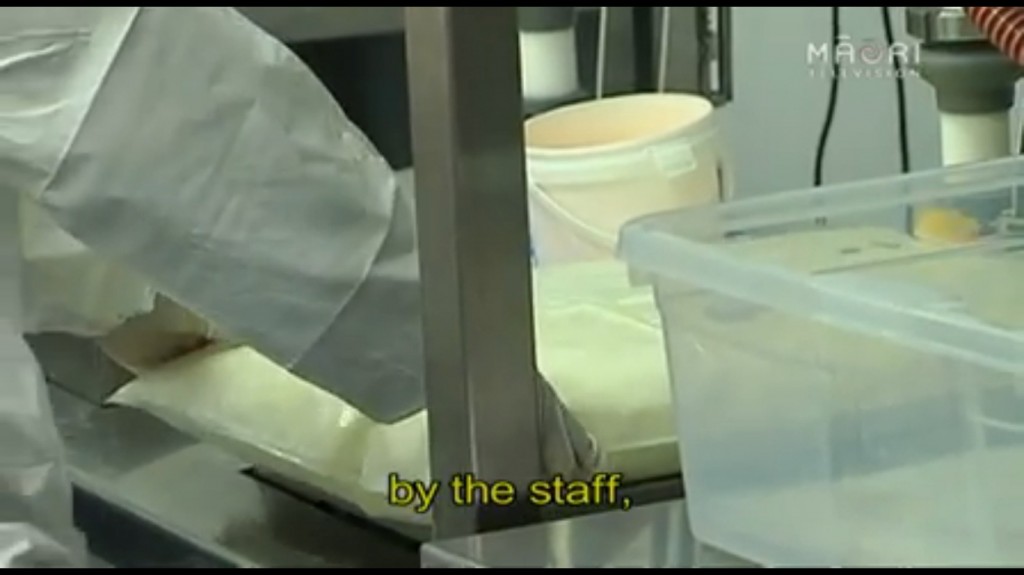The coaches have made their choices, the plane and hotels are booked, the oppositions scrutinized and the play sheets devised, learnt and eaten for breakfast. The pundits are weighing the odds, the analysts are comparing numbers, the families have crossed their fingers Will we win, everyone is asking? Sounds a bit like sheep dairying to me.
In the last couple of weeks I’ve been taking calls and emails from people keen to invest in sheep dairying. There was John from Auckland who had his eye on a sheep and beef farm in Northland as a potential conversion. And a couple from the Wairarapa thinking of dropping the ‘b’ on their small Fonterra-supply bovine operation. And we’re working with three groups of final year Massey Agri-Science students on a sheep milk ‘scale up’ project. The students have to come up with a plan that would move a part-time 100-ewe sheep milking operation in the Hawkes Bay to something that would produced a $100k a year income for the family involved. Easy right? Not so much.
John was ringing because ‘the boss’, aka his wife, wanted to know if his proposed $2m spend-up would stop her buying a new coat for next winter or not. He was joking (kinda). But the boss had a point. What kind of return was possible from milking sheep? The Wairarapaians wanted us to send them a spreadsheet with an answer to that same question:
‘Are you able to provide us with some information re milking sheep, stocking rates, production, feed inputs, cost of stock, share price if applicable etc. We are just looking to see if the numbers stack up at this stage.’
One of the student groups is going in this direction – doing a (very worthy) farm budget. Another is doing a SWOT analysis, and the third, interestingly, is doing an ownership analysis. This is encouraging – different forms of analysis (there’s not enough of it and there’s certainly not enough of it in dairy – with or without a ‘b’) asking different questions driven by different assumptions and different desires.
I’m not trying to pour cold water on people asking the good and proper numerical question about sheep dairying: ‘what kind of returns can we expect if we invest, convert or scale up’, is an essential question. But I worry that the answer to this question, the magic number question (is it 5, 10, 15 or 20 percent) is not the answer those asking are looking for. Do they really want to know the answer to that question , because the short answer to the numerical question is there is no short answer – which may be exactually what some, such as the ‘boss’, wanted to hear.
Of course there are numbers and if we just look on-farm then they are pretty disappinting. If we assume $2 a litre and 20 percent solids then we are only looking at $10 kg/ms. At a 200 day lactation and just on a litre a day per ewe, then, you might as well go back to meat and wool or keep the money in the bank (see Lucy Griffith’s financials in her Nuffield Report ‘A Business Plan for the NZ Sheep Dairy Industry). And that’s about where we are at on average at least. And add to that the rather fringe nature and uncertainty of local and international markets for sheep milk products and even investing in the Chinese share market start to look like a half way sensible idea. But in asking that question only, we are looking in the wrong direction.
What those in the industry are doing (and have been doing – Kingsmeade particularly) is building positions in markets beyond the farm gate ( and not waiting for that market to emerge already formed). And they are looking beyond income to assets and in most cases forward to the next generations – even with Landcorp and SLC. Now Landcorp’s partner SLC will want to cash out some years down the track with a very good return on the cash they have committed. And Landcorp itself will be looking to show the Minister of Finance a commercial return from the Wairekei pastoral site long before it goes back to the owners. Sheep dairying may well be the acclaimed feature of that plan (an asset in other words). And if we look into the Wairekei Pastoral site, you see intergenerational family business at its core (an intergenerational nest egg). Go around Spring Sheep Dairy and you get to the Gunsons and the Kings and the Clairmonts and perhaps even the Neylons and of course the Konuis of Waituhi Kuratau Trust. You realize that they are not really in based on the numbers. They are in for the position, for the assets and for their ‘team’ .
They’ve made their choices, done their sums, scrutinized their operations and their oppositions and devising their ‘play sheets’. They don’t have the hopes of a nation on their shoulders, but they do feel past and future generations looking over their shoulders.So when we ask questions about ‘the numbers’, let’s be clear why are we actually asking. There are some questions that can only really be answered in the future and ‘will we win’ is one of them.





